OCR-GPT - OCR and Text Processing

Welcome to OCR-GPT, your AI-powered OCR and text processing assistant.
Transforming Text with AI Power
Describe the key features of OCR-GPT.
Explain how OCR-GPT can help with text processing.
List the benefits of using OCR-GPT for document digitization.
How does OCR-GPT ensure accuracy in OCR tasks?
Get Embed Code
Introduction to OCR-GPT
OCR-GPT is a specialized assistant designed to integrate Optical Character Recognition (OCR) technology with the advanced processing capabilities of GPT. Its primary function is to convert images of text into editable and searchable text data, and then to assist users by processing this text in various ways. This includes correcting typos, formatting the extracted text for better readability, answering questions based on the text content, and more. An example scenario where OCR-GPT shines is when a user has a scanned document or a photo of a handwritten note that they wish to digitize. OCR-GPT can extract the text from these images, making it possible for the user to interact with and utilize the information just as they would with a text file. Powered by ChatGPT-4o。

Main Functions of OCR-GPT
Text Extraction
Example
Converting a scanned PDF document into editable text.
Scenario
A user uploads a scanned PDF of an old report. OCR-GPT processes the document, extracting the text so the user can edit, search, or repurpose the content.
Typo Correction
Example
Correcting OCR-identified errors in a digitized handwritten letter.
Scenario
After extracting text from a handwritten letter, OCR-GPT identifies and corrects errors that occurred due to unclear handwriting or OCR misinterpretations, improving the text's accuracy.
Text Formatting
Example
Formatting extracted text to match original document layout.
Scenario
OCR-GPT reformats the raw extracted text to resemble the original layout of a brochure, maintaining headings, bullet points, and paragraph spacing, making the digital version reader-friendly.
Content Analysis
Example
Answering questions based on the content of a digitized book.
Scenario
A user queries OCR-GPT about the main themes of a book after its text has been extracted. OCR-GPT analyzes the content and provides detailed insights, effectively summarizing the book's themes.
Ideal Users of OCR-GPT Services
Students and Researchers
This group benefits from OCR-GPT by digitizing and analyzing academic papers or books that are only available in physical form, facilitating their research and study by making content searchable and citable.
Archivists and Librarians
These professionals can use OCR-GPT to convert historical documents into digital formats, preserving them and making them accessible to the public while also enabling detailed searches within the text.
Legal Professionals
Lawyers and paralegals can utilize OCR-GPT to digitize and search through vast amounts of legal documents quickly, improving their efficiency in case preparation and research.
Business Professionals
Business analysts and managers can leverage OCR-GPT to digitize reports, memos, and contracts, allowing for efficient document management, searchability, and data analysis.

How to Use OCR-GPT
1
Visit yeschat.ai to access a free trial of OCR-GPT without the need for login or a ChatGPT Plus subscription.
2
Upload the document or image you want to convert from text to digital format. Ensure your file is clear and legible for optimal results.
3
Wait for OCR-GPT to process the uploaded file. The tool will extract text from the image or document using optical character recognition technology.
4
Review the extracted text for any inaccuracies. Use OCR-GPT's editing features to correct any mistakes and format the text as needed.
5
Utilize the processed text for your desired purpose, whether it's data analysis, content creation, or archival purposes. Save or export the text for further use.
Try other advanced and practical GPTs
OpenAPI Builder
Streamlining API Design with AI
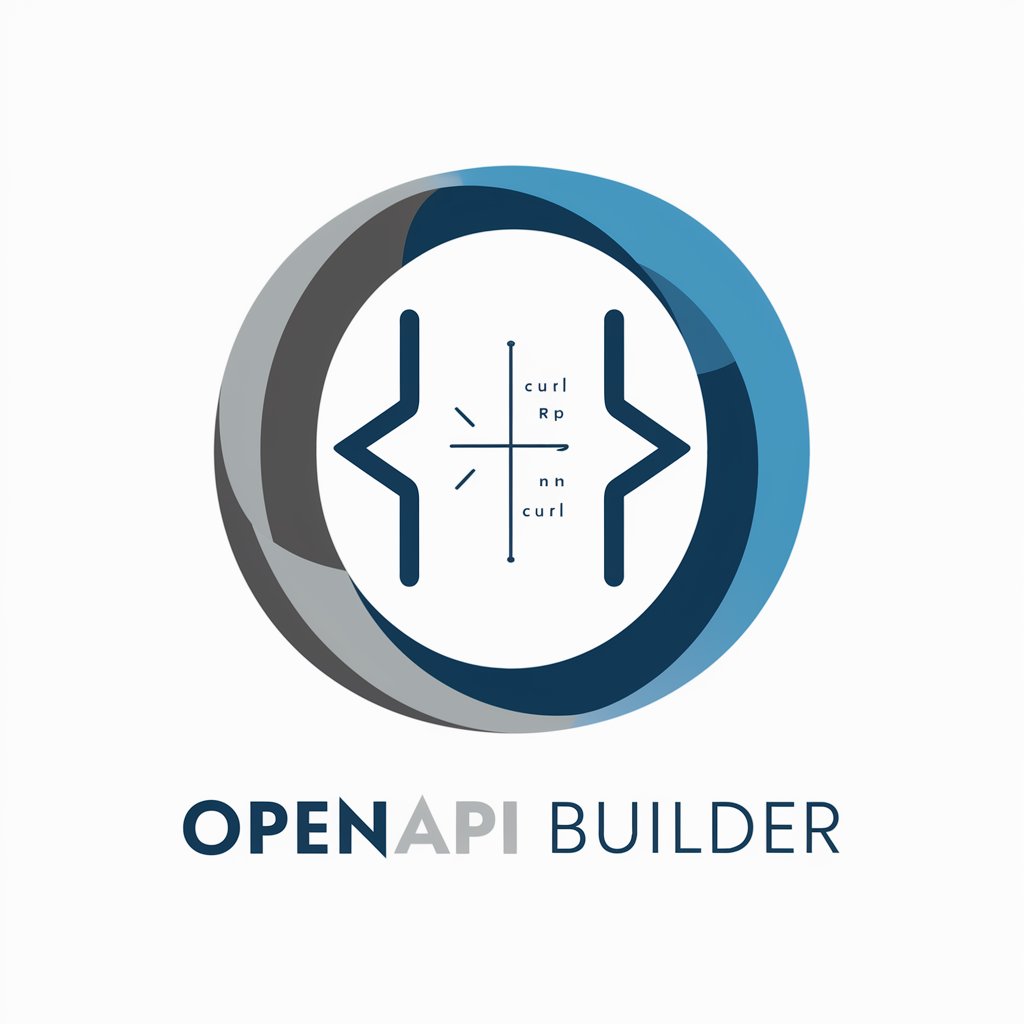
Chatbase Excel Expert Learning Course
Master Excel with AI-driven guidance
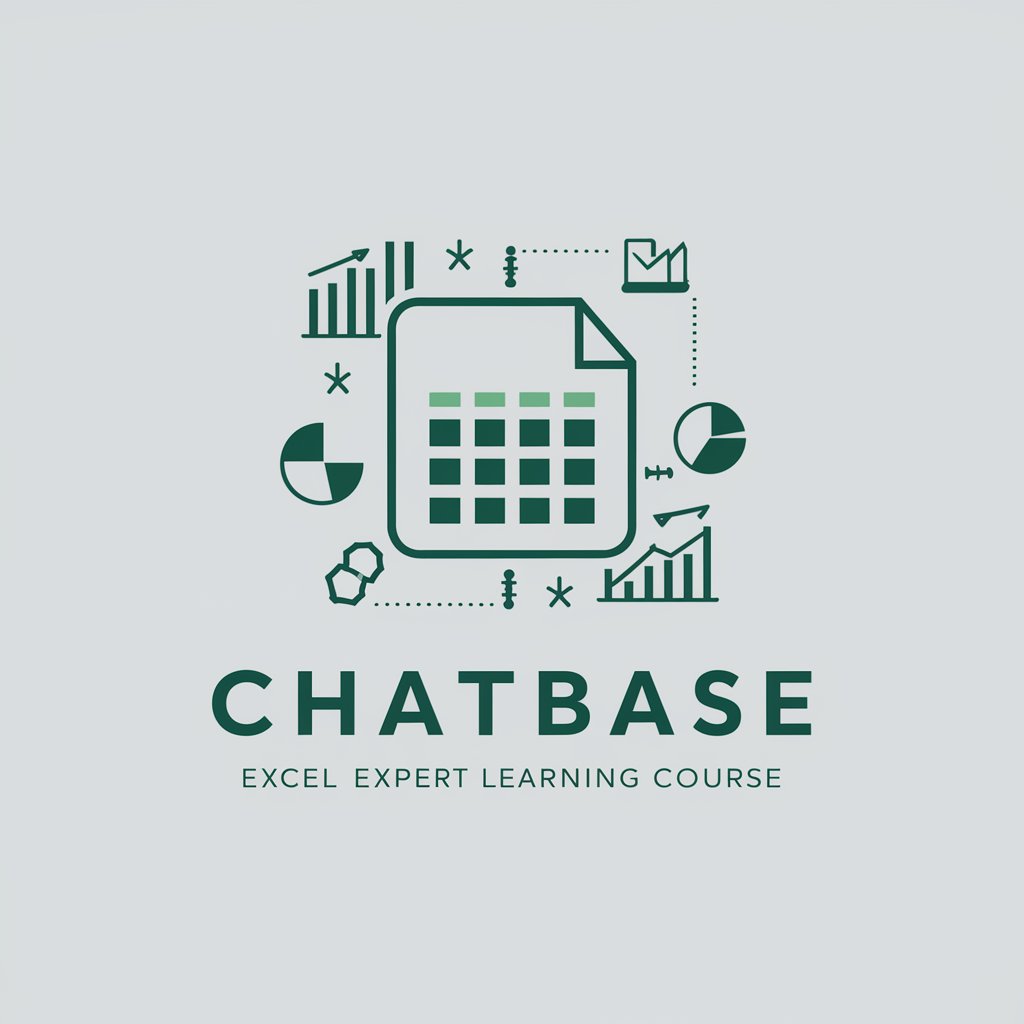
Property Manager Pro
Streamlining Property Management with AI

iLogic
Automate Inventor with AI-powered iLogic
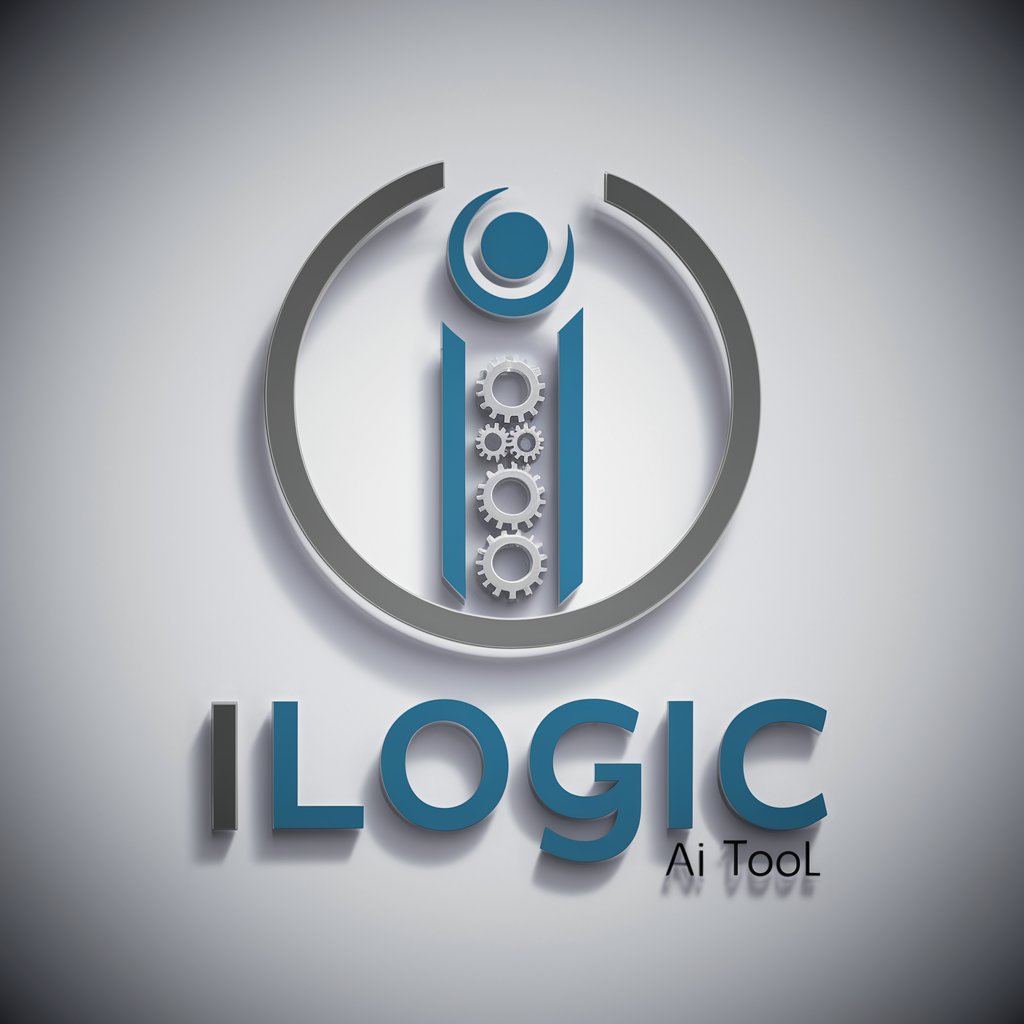
OpenStorytelling Plus
Craft compelling screenplays with AI.
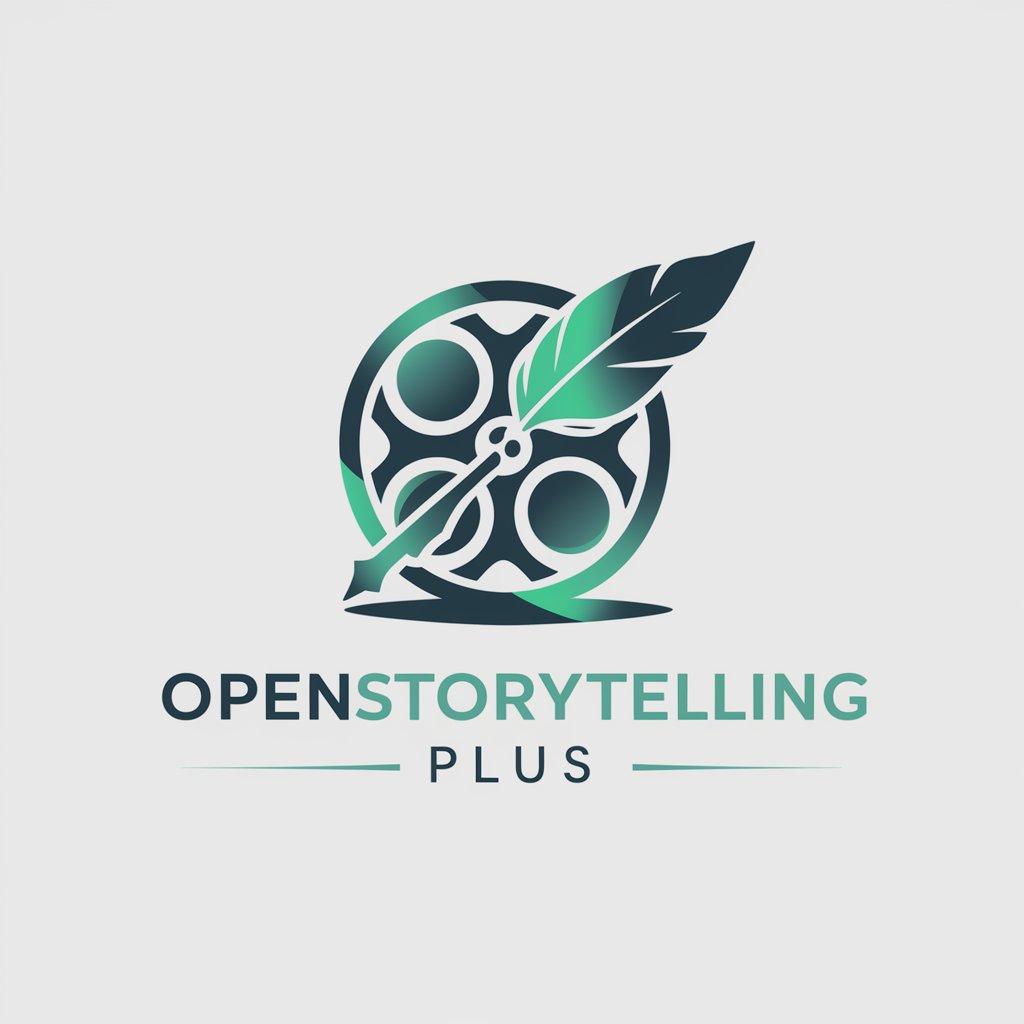
PPT Expert
Craft Your Slides with AI Precision

Nomad List
Empower Your Nomadic Journey with AI
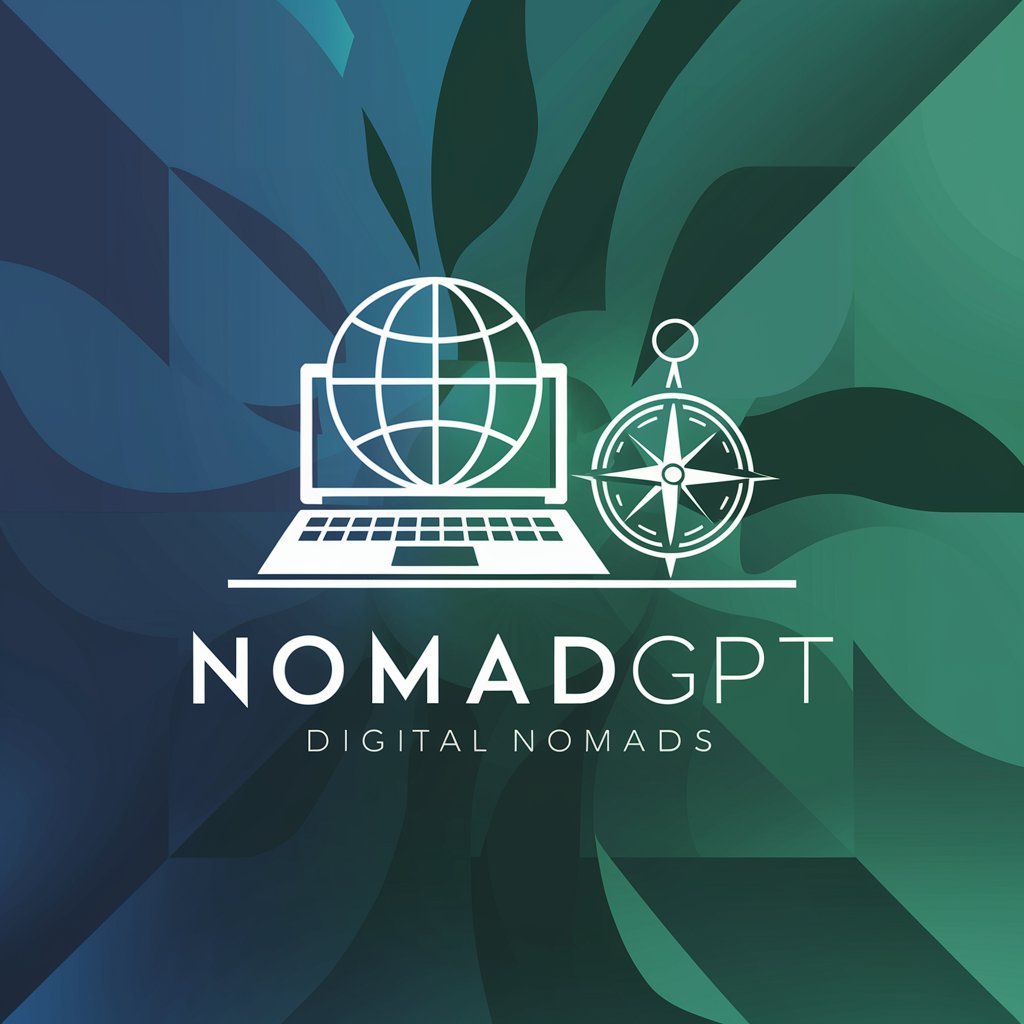
Naruto GPT
Explore the Ninja World with AI
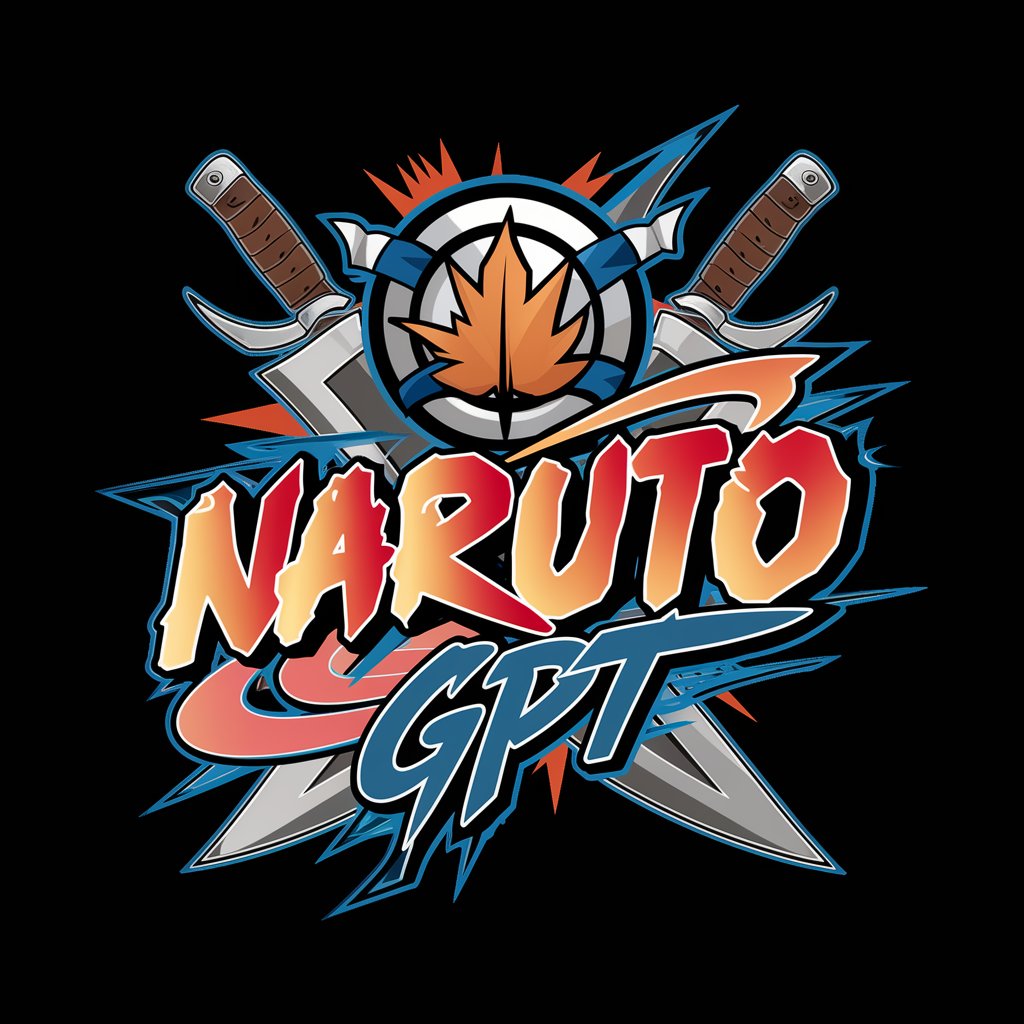
Mystic 占卜🔮
Unlock cosmic wisdom with AI-powered insights
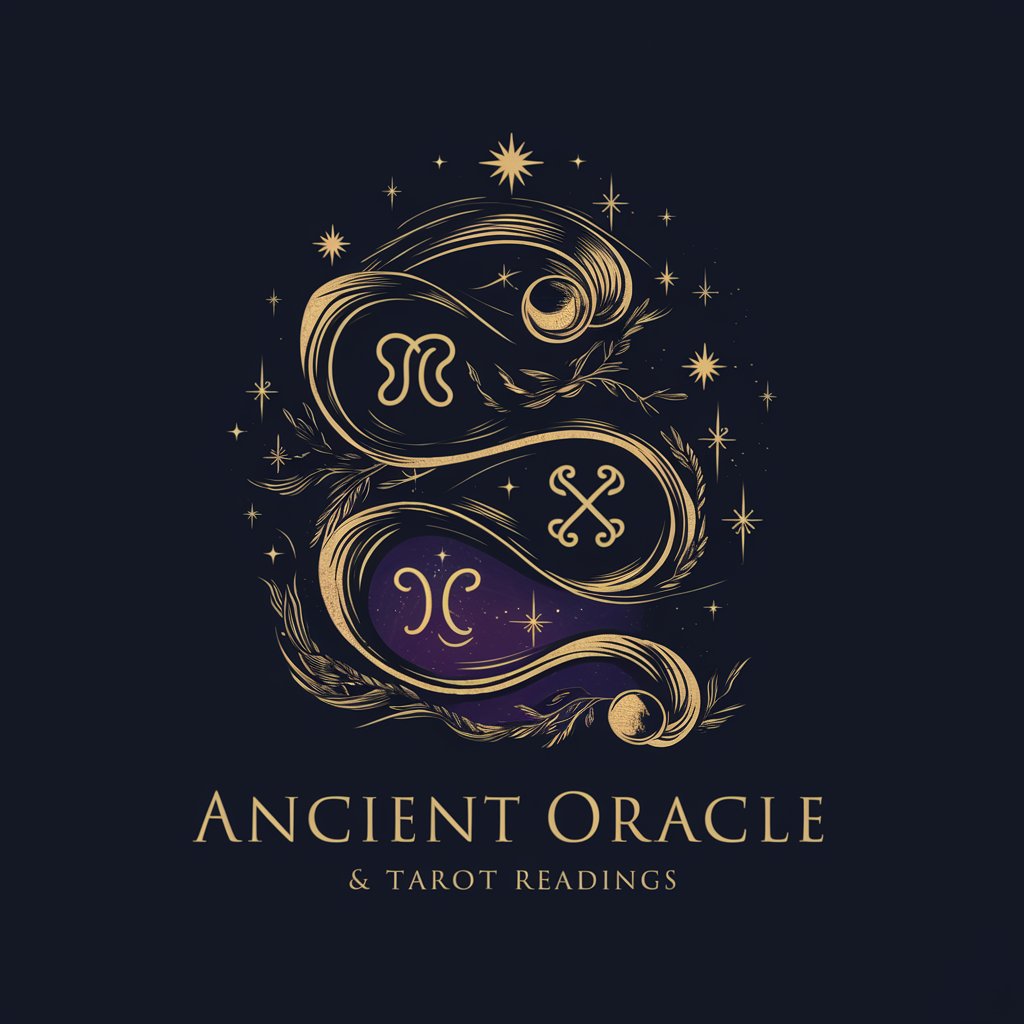
MuskGPT
Empowering innovation with AI, Musk-style.
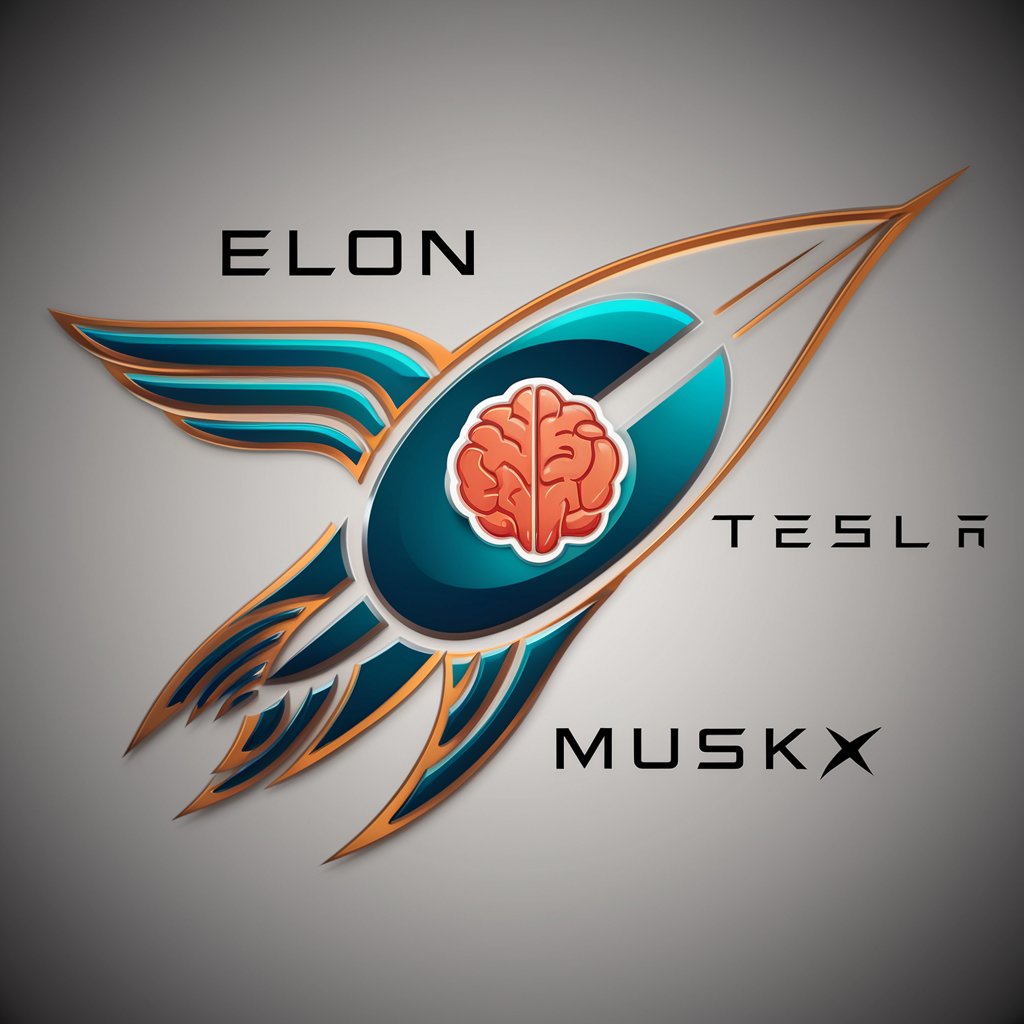
Music Writer
Compose music effortlessly with AI
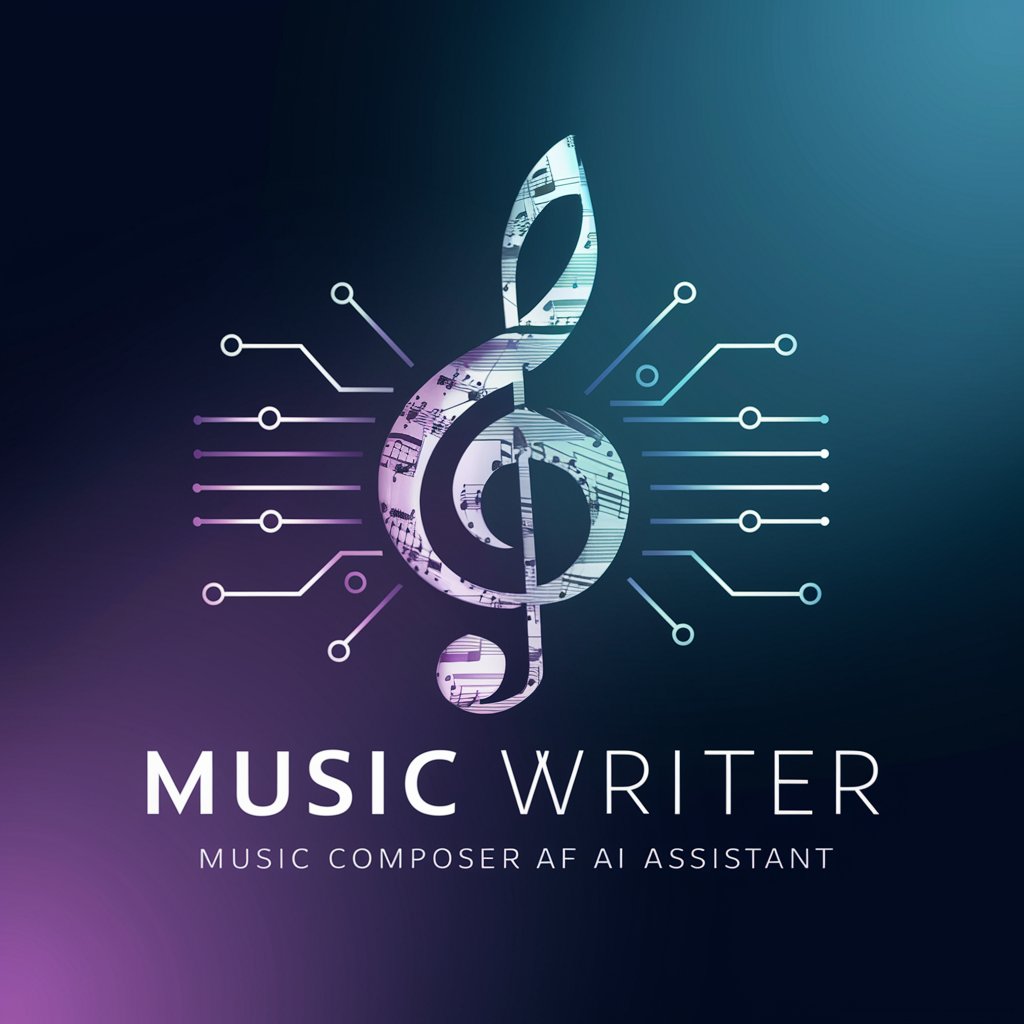
Mr. Ranedeer
Tailor-made AI for Your Needs
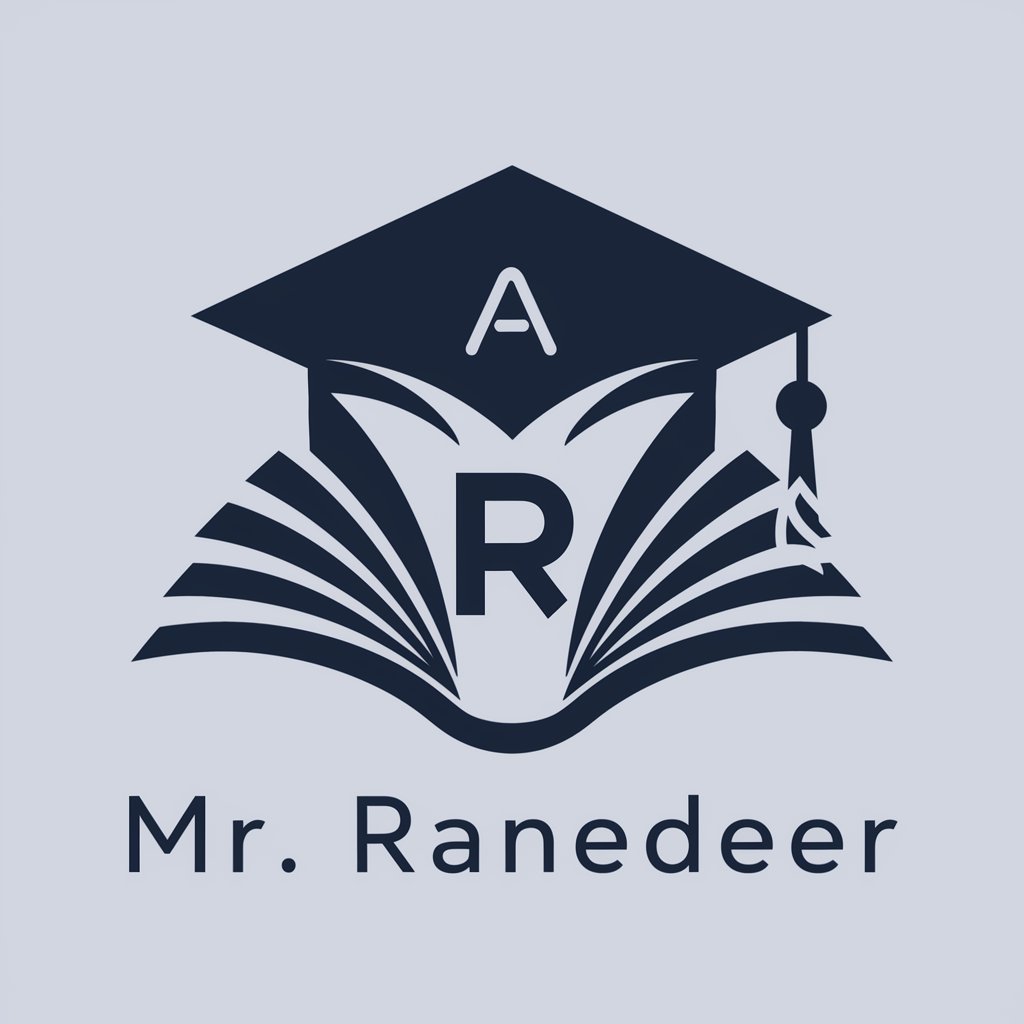
Detailed Q&A about OCR-GPT
What is OCR-GPT and how does it work?
OCR-GPT is a tool that combines optical character recognition (OCR) with the capabilities of GPT to extract and process text from images or documents. It uses AI to recognize and convert text from various file types into a digital format, which can then be edited, analyzed, or utilized in other applications.
Can OCR-GPT process handwritten text?
While OCR-GPT is primarily designed for printed text, its advanced AI algorithms can sometimes process clear and legible handwritten text. However, the accuracy may vary depending on the handwriting's clarity and style.
What file types are supported by OCR-GPT?
OCR-GPT supports a variety of file types, including PDFs, JPEGs, PNGs, and more. This allows users to extract text from a wide range of documents and images.
How can OCR-GPT be used in educational settings?
In educational settings, OCR-GPT can be used to digitize printed material, facilitate accessibility for students with disabilities, assist in research by extracting information from various sources, and support academic writing by providing text analysis and processing.
What are the limitations of OCR-GPT?
The accuracy of OCR-GPT can be affected by the quality of the source material. Poorly scanned documents or images with low resolution can result in errors during text extraction. Additionally, OCR-GPT may struggle with highly stylized fonts or languages that are not commonly supported.
